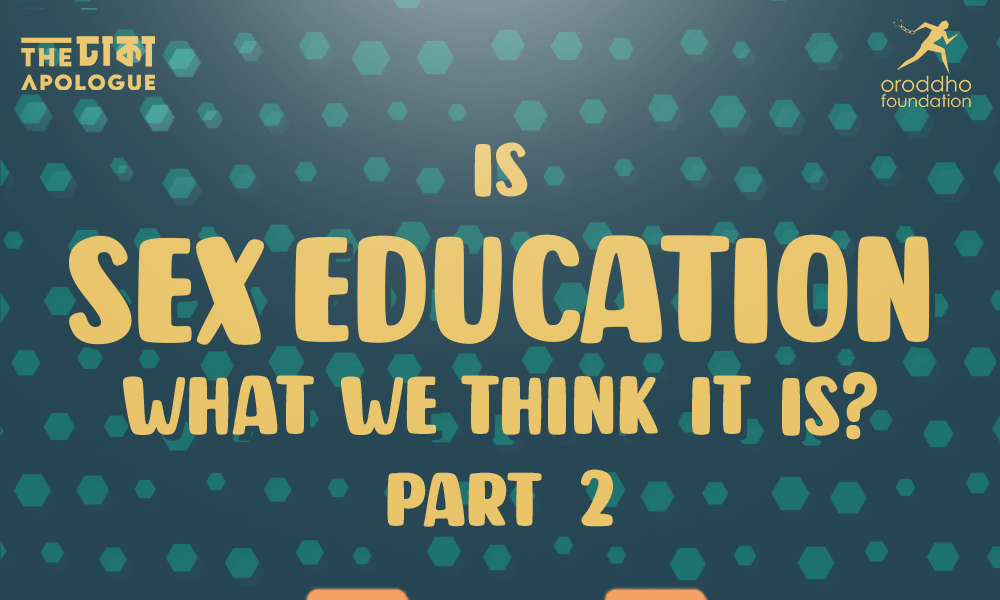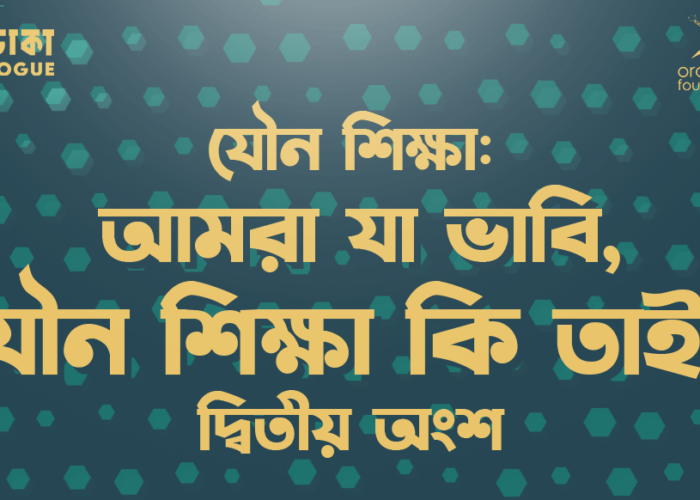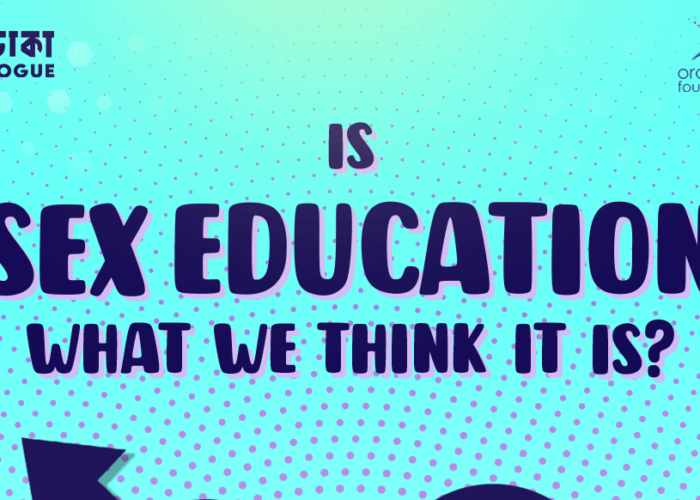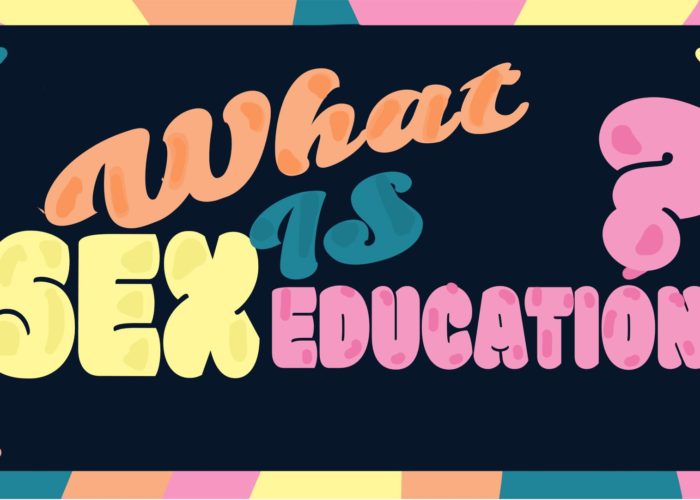What is often misjudged as something that encourages young people to have sex and how to do it, Comprehensive Sexual Education (CSE) is a lot more than the criticisms it has seen over the years. It is a great resource for children, adolescents and young adults to be more conscious about and explore the choices they make when it comes to relationships and their gender and sexuality in healthy ways. After our last article that explored 5 different myths surrounding CSE, we take it forward and bust some more myths for a better understanding.
Myth #6 CSE teaches topics that go against religion
With the impression that CSE teaches the youth to have sex there’s an inherent misconception that teaching them to not maintain abstinence sets one on a path to go against their religion. There are no CSE programs or curriculum that encourages having sex. In fact, CSE is inclusive of people from all backgrounds regardless of what faith they belong to. Neither does it have any agenda to teach religious content nor does it speak against any religions.
Myth #7 CSE undermines parental authority
Besides teaching how one can interact physically and emotionally with others safely, CSE also covers areas of soft skills like understanding values and attitudes, being able to draw boundaries efficiently and respectfully and being able to voice out ones concerns without fear of judgement or discrimination. Hence, it teaches to nurture healthier relationships via effective communication between children and their parents or an authority figure. It does not teach aversion or rejection of a parental figure’s concerns in any form or manner.
Myth #8 CSE teaches children to be LGBTQI+
CSE acknowledges and upholds the right to information of everyone about their bodies, gender identity, sexuality, disability, neurodivergence and each person’s unique existence. It teaches them healthy expressions and is a resource and tool that provides clarification to questions one may have about their gender and sexuality to address a more diverse population. It does not make it a point to promote gender or sexual nonconformity and teaches one to respect everyone regardless of their identities.
Myth #9 CSE is used as a tool to dictate adolescents’ personal reproductive choices
CSE provides crucial information to and affirms women and families about sexual reproductive health so that they can make informed decisions about the size of their families. This in turn provides access to family planning services and commodities that may not be otherwise easy to locate or know about. It is also a great resource for teens and adolescents to understand and navigate reproductive health choices they can potentially make. The focus, in fact, is more on avoiding teenage or unplanned pregnancies as explained in our previous article.
It is high time the stigmas and misconceptions surrounding sexual education are abolished and CSE is made accessible to the general populace.




